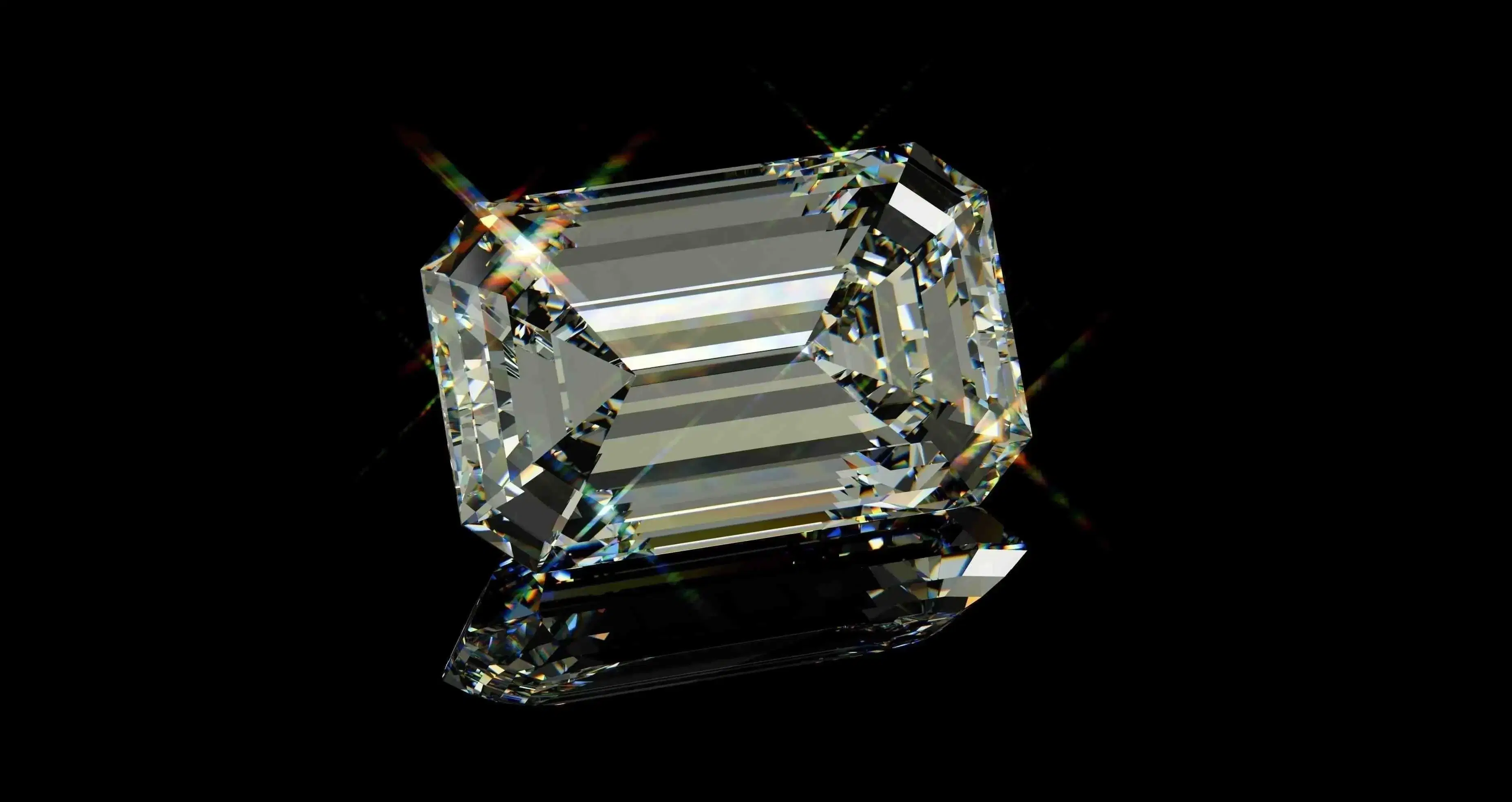Before buying emerald cut diamonds, consider the key factors regarding cut proportions, color, clarity, certification, fluorescence, and settings.
| Shape Popularity |
Emerald cut diamonds are among the most popular diamond
shapes. They are different because of their classic and antique shape and
have a step-cut with only as few as 49 facets. If you want elegance, go for an
emerald cut diamond. In addition to square emerald cuts, a good square alternative to the emerald cut diamonds
is the Asscher cut. |
| Cut |
We recommend a depth of 59–69% and a table of 58–72%. For precise instructions, see the chart below. |
| L/W Ratio |
While a length-to-width ratio of 1.3-1.55 is standard,
we generally prefer the 1.4-1.5 range. See more below. |
| Color |
D-F are colorless ranges, G offers great value, and H/I are exceptional budget options. See our chart below for comparison. |
| Clarity |
Since emerald cut diamonds have open facets, prioritize their clarity with VS2/SI1 as the minimum acceptable
grade. See more below. |
| Certification |
We recommend AGS and GIA as
the top grading labs for diamonds. Review the section below on how to read a grading report carefully. |
| Settings |
From our experience, halo settings with round melees complement emerald cut diamonds beautifully. For reference, check our list of the top ten emerald cut engagement rings. |
| Best Places to Buy |
Here is our list of the best places to buy diamonds. Lab-grown diamonds are also a good option for buyers with a tight budget. |







